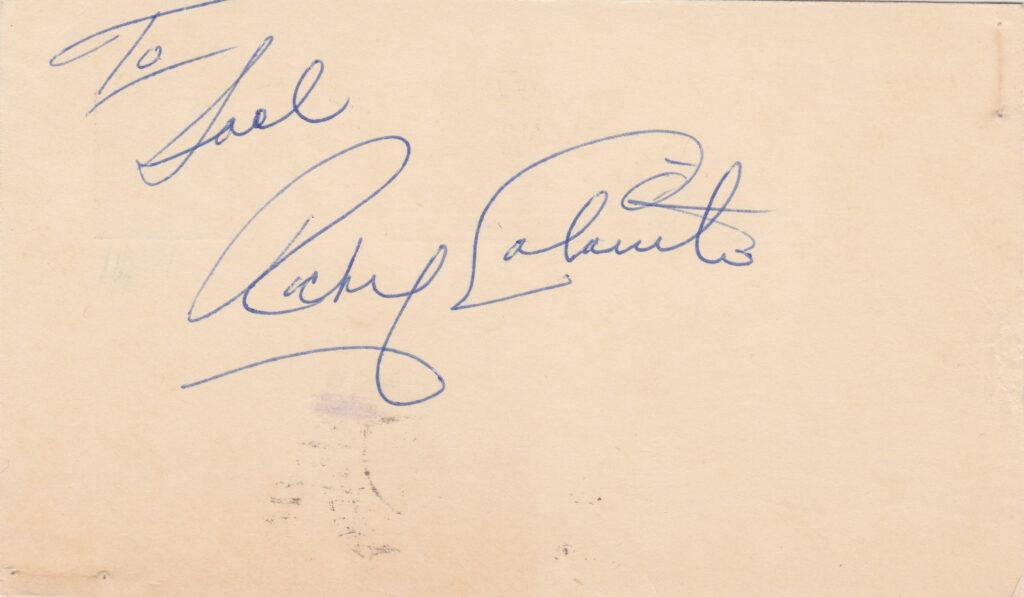
In April, 1960 the Indians and the Tigers shocked the baseball world with a blockbuster trade. Cleveland sent fan favorite and reigning American League home run champ Rocky Colavito to the Motor City. Their return was Harvey Kuenn, the reigning AL batting champ
The deal horrified Cleveland fans. Colavito was just 26 years old and had slugged 83 home runs the last two seasons. He finished in the top-5 in MVP voting each year.
To his credit, Kuenn – then 29 – was coming off a pretty good run himself. An All Star in each of the preceding 7 seasons, he earned the batting crown in ’59. Kuenn hit .353, twenty-six points ahead of runner-up and teammate Al Kaline.
Things didn’t go as well for Kuenn after the trade. Though he hit .308 and made the All Star team for the Tribe, Kuenn spent just one year in Cleveland. He then spent six more lackluster years in the majors and topped the .300 mark just once in that span.
Colavito spent the rest of his 20s in Detroit. Twice an All Star for the Tigers, he slammed 139 homers and drove in 408 runs in his quartet of seasons in Detroit. Colavito played 9 more seasons after the trade and averaged 27 dingers per year after leaving Cleveland. The Indians inducted Colavito into the team’s Hall of Fame in 2006.
The trade of the league’s reining batting champ for the reining home run leader remains the only one of its kind in baseball history.
In the collection is this government postcard signed by Colavito in 1959, the year of the famous trade. That season he joined Lou Gehrig as the only men in American League history to homer in four straight at bats in a nine-inning game. Colavito also hit a homer in the ’59 All Star game and led the junior circuit with 42 clouts. More on Colavito can been seen by clicking here.
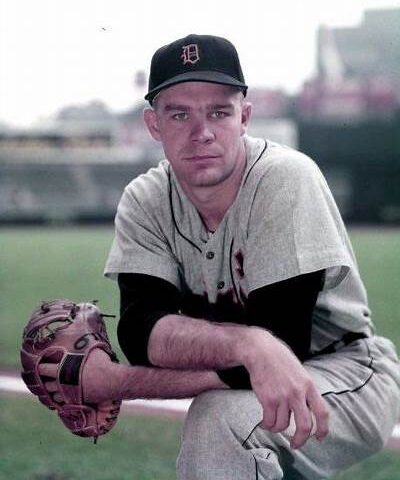

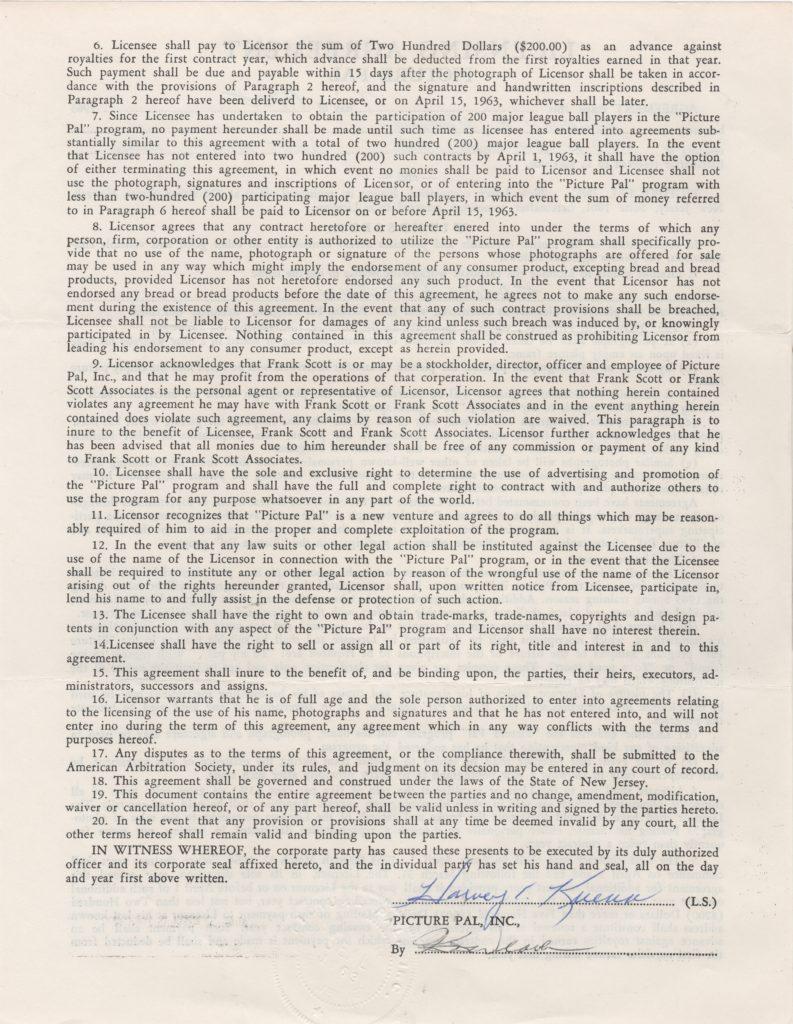

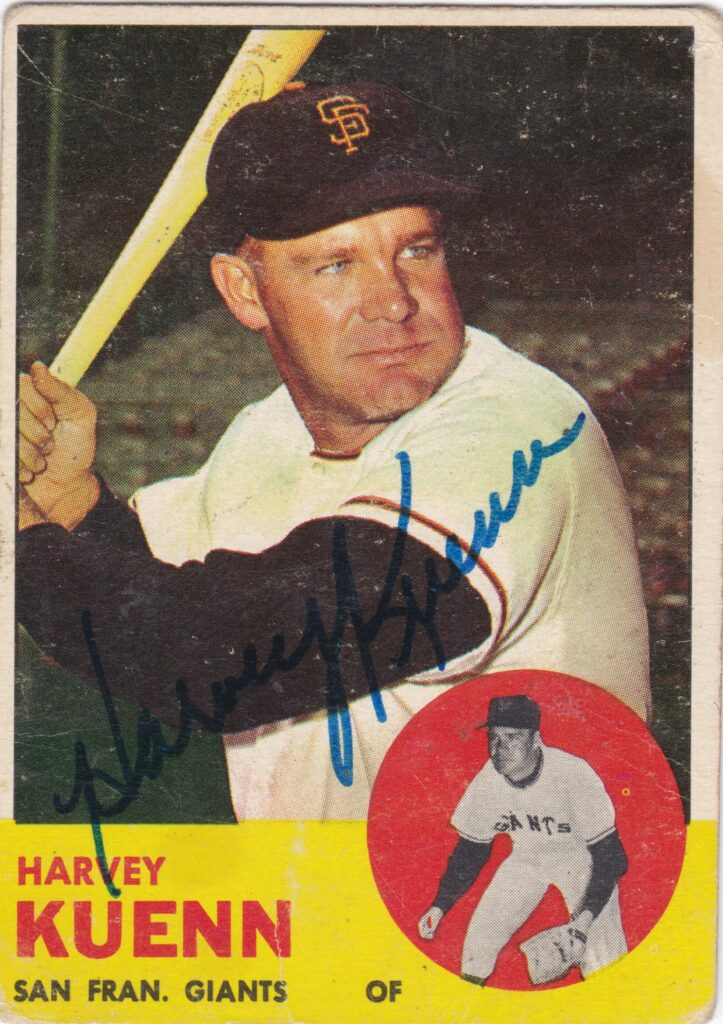
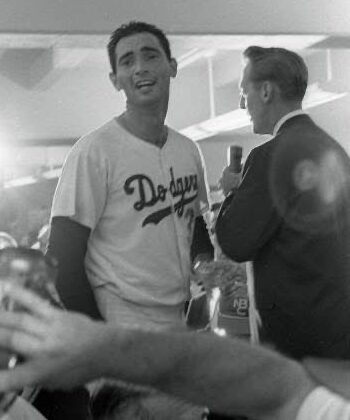

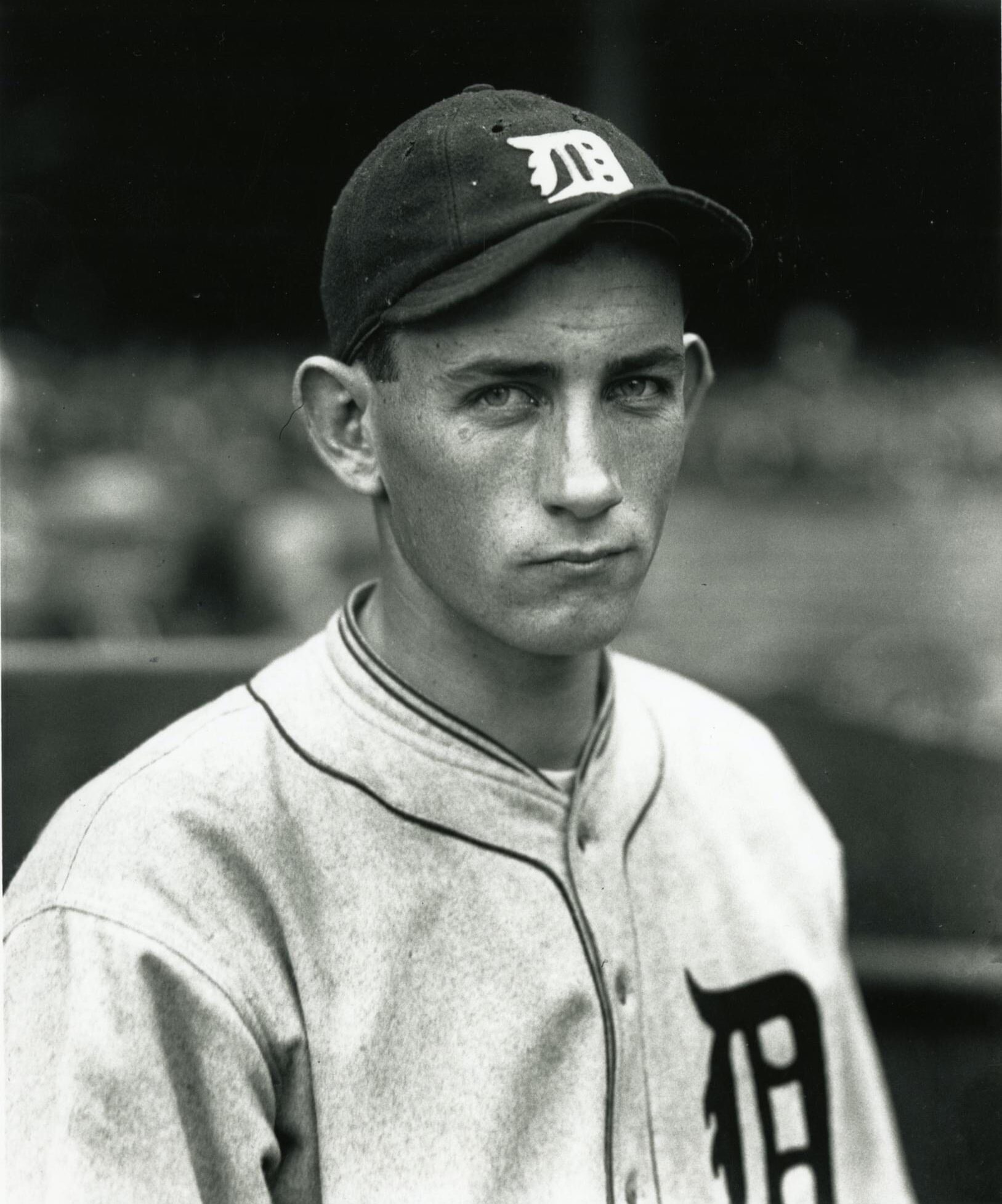
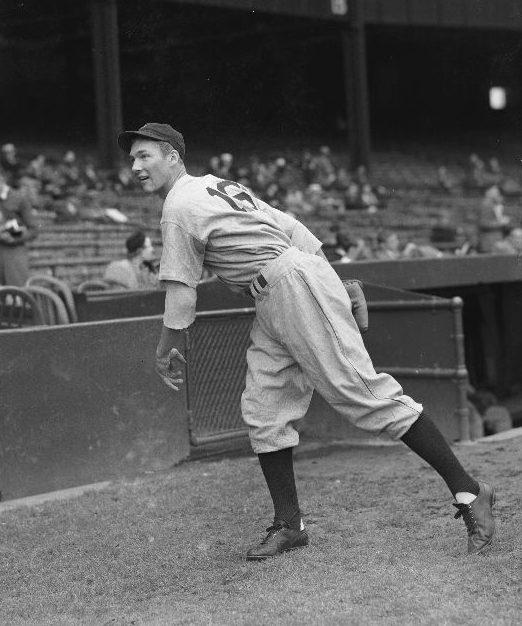
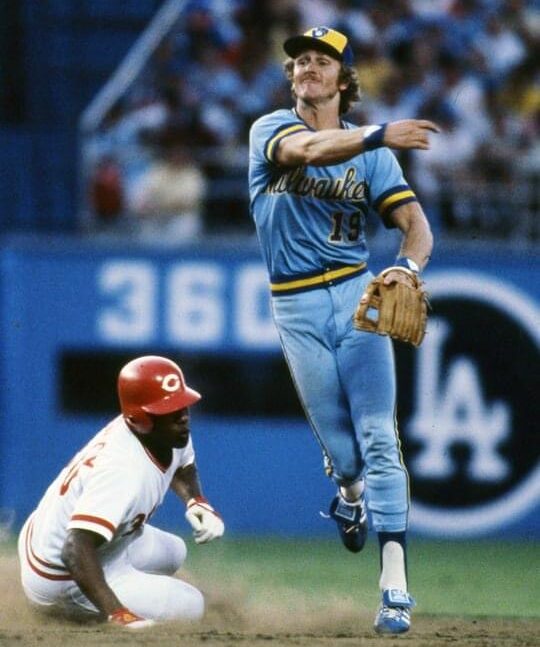
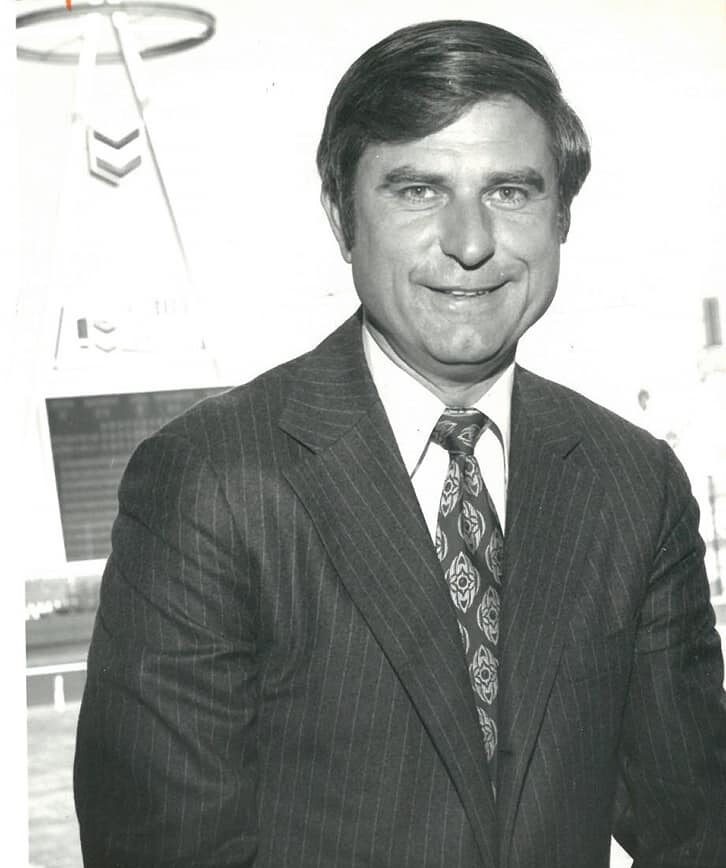
Are these players already in the Hall of Fame or in consideration?